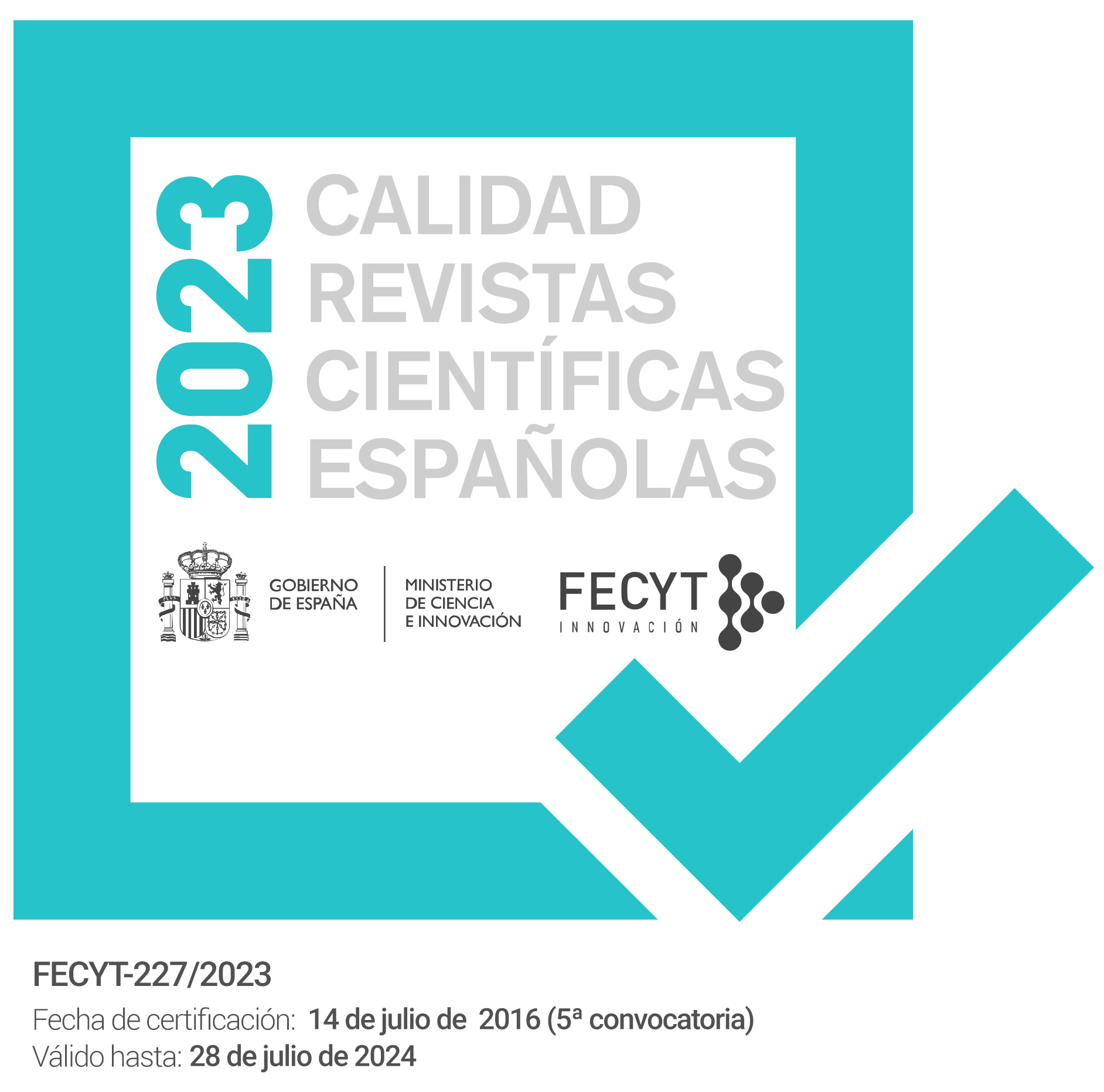Análisis fitofarmacológico de los frutos de Luffa acutangula para determinar su actividad antihepatotóxica
Palabras clave:
Luffa acutangula, Tetracloruro de carbono, Paracetamol, Hepatoprotector, SilimarinaResumen
Se examinó el extracto acuoso y etanólico (100 mg/kg) de Luffa acutangula Linn (frutos) para determinar la actividadantihepatotóxica en ratas druckrey mediante la hepatotoxicidad inducida por tetracloruro de carbono (CCl4)y paracetamol (PCM). Se demostró que el extracto posee un efecto hepatoprotector signifi cativo, ya que reduce losniveles séricos de transaminasas (SGPT y SGOT), fosfatasa alcalina (ALP) y bilirrubina. La signifi cativa actividadhepatoprotectora de Luffa acutangula es comparable a la de la silimarina, agente hepatoprotector estándar, lo quejustifi ca su uso en afecciones del hígado.Descargas
Citas
Kirtikar KR, Basu BD. Indian Medicinal Plants, Vol III. Periodical Expert, New Delhi.1984; 1123-1124.
Samvatser S, Diwanji VB. Plant sources for the treatment of jaundice in the tribals of western Madhya Pradesh of India. Journal of Ethanopharmacology. 2000:73;313-316.
Rastogi RP, Mehrotra BN. Compendium of Industrial Medicinal Plants, Vol-I. CSIR, New Delhi.1960;pp250.
Chadda YR. Wealth of India (Raw materials) Vol.VI, CSIR, New Delhi, 1998; 179.
Brain KR and Turner TD. The Practical evaluation of Phytopharmaceutical.Wright Scientechnica Bristol, 1975,112-155
respectively.
Zimmerman M. Ethical guidelines for investigation of experimental pain in conscious animals. Pain. 1983; 16:109-110.
Mukerjee A, Visen PKS, Saraf, SA., Evaluation of Hepatoprotective activity of Citrullus colocynthis roots against CCl4 induced toxicity in albino rats., Natural Product Sciences.2007;13(1) :23-26.
Visen PKS, Saraswat B, Patnaik GK, Agarwal DP Dhawan BN. Protective activity of picroliv isolated from Picrorhiza kurrooa against ethanol toxicity in isolated rats hepatocytes. Ind J Pharmacol. 1996; 28:98-101.
Reitman S, Frankel S.A colorimetric method for the determination of SGOT and SGPT. Am. J Clin Pathol. 1957; 28: 53-56.
Kind PRN, Kings EJ. Estimation of Plasma Phosphatases by determination of hydrolysed phenol with amino-antipyrine.
J Clin Pathol.1954;7: 322-326.
Malloy E, Evelyn KA, The determination of Bilirubin with the photoelectric colorimeter. J Biol Chem.1937; 119:481.
Pathak AK, Saraf S, Dixit, V.K. Hepatoprotective activity of Tridex procumbens. Fitoterapia.1991; LXII 4: 307-313.
Mendehall WS, Introduction to probability &statistics. Belmont, CA Wadsworth publishing co. Inc. 1971.
Plaa GI, Hewitt WR. Toxicology of the liver In:(Boyer TD ed). New York Raven press. 1982;103-120.
Van de, Straat R de, Varies J, Debets AJJ, Vermueulein NPE. The mechanism of prevention of Paracetamol induced hepatotoxicity by 3,5-dialkyl substitution., Biochem Pharmacol. 1987; 36:2065-2070
Potter WZ, Thorgession SS, Jollow J, Mictchell Jr. Acetaminophen-induced hepatic necrosis. V. Correlation of hepatic necrosis covalent binding and glutathione depletion in hamsters.Pharmacology. 1974; 12: 129-143.
Pesh-imam M, Recknagel R, Lipid peroxidation and the concept of antioxygenic potential: Vitamin E changes in acute experimental CCl4-, BrCCl3-, and ethanol-induced liver injury. Toxicol Appl Pharmacol. 1977; 42: 463-475.
Aldridge WN, Mechanism of Toxicity, new concept are required in toxicology, Trends Pharmacol Sci. 1981; 2:228
Descargas
Publicado
Cómo citar
Número
Sección
Licencia
Los artículos que se publican en esta revista están sujetos a los siguientes términos en relación a los derechos patrimoniales o de explotación:
- Los autores/as conservarán sus derechos de autor y garantizarán a la revista el derecho de primera publicación de su obra, la cual se distribuirá con una licencia Creative Commons BY-NC-SA 4.0 que permite a terceros reutilizar la obra siempre que se indique su autor, se cite la fuente original y no se haga un uso comercial de la misma.
- Los autores/as podrán adoptar otros acuerdos de licencia no exclusiva de distribución de la versión de la obra publicada (p. ej.: depositarla en un archivo telemático institucional o publicarla en un volumen monográfico) siempre que se indique la fuente original de su publicación.
- Se permite y recomienda a los autores/as difundir su obra a través de Internet (p. ej.: en repositorios institucionales o en su página web) antes y durante el proceso de envío, lo cual puede producir intercambios interesantes y aumentar las citas de la obra publicada. (Véase El efecto del acceso abierto).



















